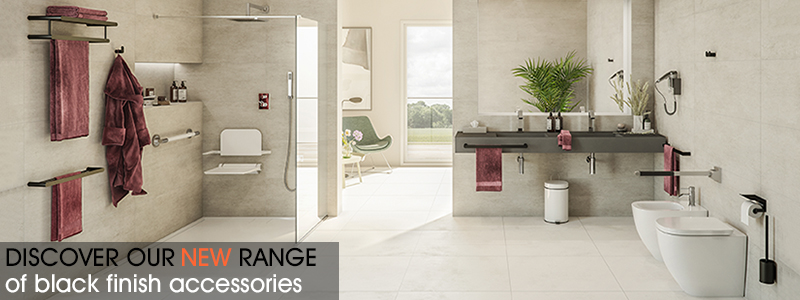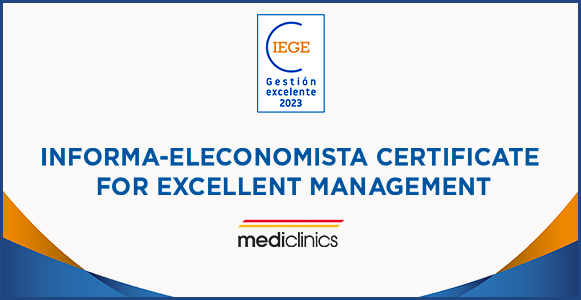Virtual Reality: the new tool to increase your sales
The year is 2045. In a bleak world on the brink of collapse, the Earth’s inhabitants find refuge in a virtual reality metaverse created by James Halliday (played by David Mark Rylance Waters), called OASIS. When Halliday died, he left behind an important legacy: half a trillion dollars and complete control of the business that controls OASIS to the first to find an Easter egg hidden somewhere in this virtual world. This is the beginning of the film Ready Player One, directed by cinematic genius Steven Spielberg in 2018.
Spielberg, fascinated by virtual reality, already delighted us in 2002 with another film on the subject: Minority Report, with Tom Cruise as a main character. But Spielberg is not the only one to tell us stories with virtual reality as a common thread. Legendary films such as Tron (1982), The Thirteenth Floor (1999) or the world famous The Matrix (1999) have shown us parallel universes created from virtual reality.
It wouldn’t be a lie to say that cinema has always been well ahead of scientific and technological developments. I still remember Harrison Ford in Blade Runner (1982) zooming in on a photograph on a screen, at a time when touchscreens and digital technology had not even been invented.
Today though, however much joy it would give me, I am not here to talk to you about virtual reality in cinema. I am here to talk to you about virtual reality applied to the world of marketing, specifically to product presentation and the benefits that this can bring to any consumer goods manufacturer. But, let’s start at the beginning:
What is virtual reality?
According to Wikipedia, virtual reality or VR is: “an environment of simulated, real-looking scenes and objects. The most common definition refers to an environment generated by computing technology, which provides the user with a sensation of being immersed in it. This environment is viewed by the user through a device known as goggles or a virtual reality headset. This may be accompanied by other devices, such as gloves or special suits, which allow for greater interaction with the environment, as well as the perception of different stimuli that intensify the sensation of reality.”
In other words, VR is a set of computer techniques that create images and simulated spaces in which a person, via a visual device, has the sensation of actually being there and being able to move around.
Virtual reality has a multitude of uses and applications for the field of manufacturing. One of the most extensive is the previsualisation, simulation and prototyping of products and facilities.
VR is playing an ever more important role in e-commerce. Consumers want to receive detailed product information before making a purchase and immersive reality makes that possible.
A study done by Google highlights today’s popularity of virtual reality while shopping. According to Google, 66% of online shoppers worldwide are interested in using this technology while shopping.

Product demonstration using virtual reality
As mentioned earlier, VR allows us to simulate a product in a virtual environment. It also allows us to interact with it, before it even really exists or has been manufactured. The possibilities that this opens up, both for experimenting with prototype interaction and for marketing, are enormous.
Imagine for a moment that you have to present a bulky and very complex product. A product that is very difficult to take to your clients due to its size, weight or complexity. Virtual reality, on a commercial level, allows you to show very large products, complex facilities or large systems at a trade fair, in a showroom or at your client’s premises, without having to move them and to have models just to show them, which is not only very expensive, but is sometimes impossible to carry out.
Through virtual reality we can create digital showrooms that, for a low price, can be taken to our clients’ facilities so that they can visualise them through virtual reality goggles, or even from a mobile phone. We can also create travelling demonstrations or roadshows, use our virtual demonstration in different locations simultaneously or even interact with clients remotely in a virtual world.
Advantages of implementing VR in a company’s marketing strategy
Immersive reality technologies, like virtual reality, are currently used in many fields: from education in classrooms to museums, from medical simulations to games, from advertising to shopping.
Their implementation in a company’s marketing strategy provides a new way for the company to get closer to clients, presenting products in a more detailed way and, above all else, increasing sales and reducing returns.
The main advantages of using VR for marketing are:
-Offering a unique and personalised shopping experience, in which the client receives extensive product information that would be much harder to convey using more traditional methods (videos, technical data sheets, plans, etc.).
-Standing out from the competition. More and more companies are jumping on the virtual reality bandwagon, but there are still many more companies that have not even considered this possibility. The first companies to apply this technology will stand out from their competitors.
-Increasing brand awareness. Using technology like VR, which is so new and cutting-edge, gives a brand lots of relevance, prestige and visibility. It really helps to position the brand in the minds of consumers.
-Increasing customer engagement. VR provides clients with all the information they need about the product. This really helps to build customer loyalty.
-Easily showing the product in any part of the world, in a very attractive and cost-effective way.
-Explaining in great detail what the product consists of and what it does.
All of this, as has already been mentioned, translates to the most important point for a business: significantly more sales.
Mediclinics and virtual reality
In a market as competitive as the public bathroom accessories market, brilliant ideas, solutions to real problems and innovative products make companies much stronger and more competitive.
Mediclinics took on the challenge of launching a new, innovative and surprising product: the All-in-One hand washing and drying stations.
All-in-One is an innovative product with high added value, which had to be presented to the market in a different and non-traditional way due to its complexity. Its characteristics meant that it was totally impossible to do physical product demonstrations at the clients’ facilities. We also had to stand out from the competition, who usually use traditional methods such as data sheets, photos and videos.
For all these reasons, we decided to launch All-in-One through a virtual reality application that allowed us to run immersive 3D product demonstrations, while providing our clients with a unique and practically real user experience.
Using VR in this way, we can show a real product to all our clients without needing to have the product physically at hand.
The results have been spectacular. On the one hand, there was – and continues to be – a great response from our clients, as they get to have an immersive experience, very close to reality, in which they can see and feel our All-in-One Solution as if they were in front of the real thing. On the other hand, there was also a great response from our sales network, as we had a unique and surprising tool with which to show such an innovative, cutting-edge and sensational product as the All-in-One.
The future of virtual reality
Big technology companies are continuing to work on improving VR and other virtual immersion technologies. Goggles that will not need cables and will allow for HD images to be viewed, virtual reality goggles in 8K, etc. It’s very likely that, in the next few years, Artificial Intelligence (AI), will be integrated with VR technology. 5G can also provide very interesting scenarios for the evolution of VR, as it will allow more devices and a larger community of users to be connected.
Whatever happens, virtual reality is no longer Harrison Ford zooming in on a photograph or Tom Cruise searching for and stopping bad guys. Virtual reality is integrated in our present and, in the next few years, it will lead to developments that will shape the future. Next stop Metaverse.
“I've seen things you people wouldn't believe. Attack ships on fire off the shoulder of Orion. I watched C-beams glitter in the dark near the Tannhäuser Gate. All those moments will be lost in time, like tears in rain. Time to die.”
From the film Blade Runner
Germán Muñoz
Director de Marketing
Mediclinics S,A



